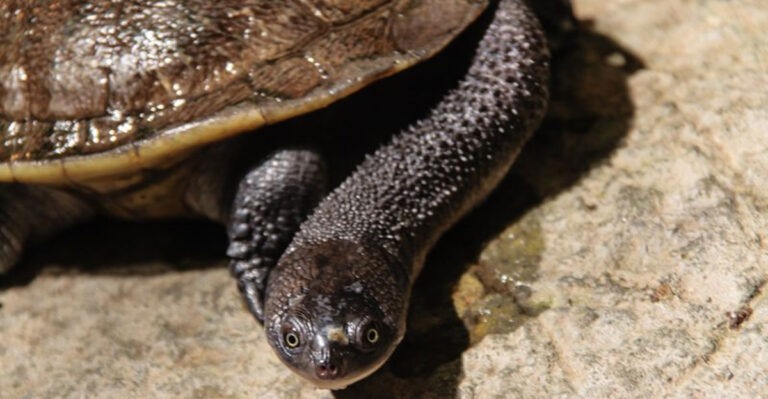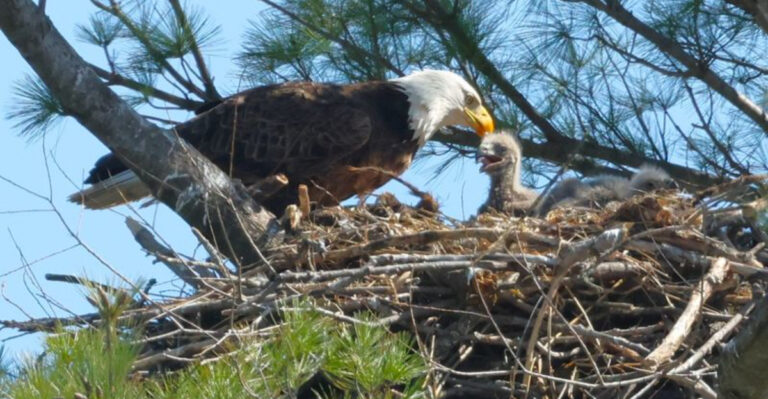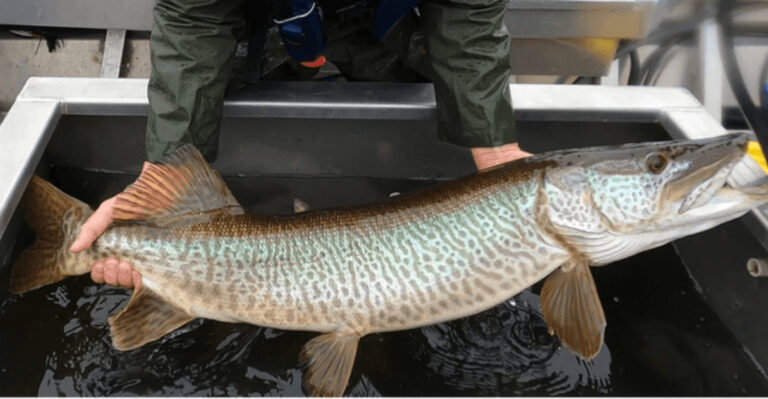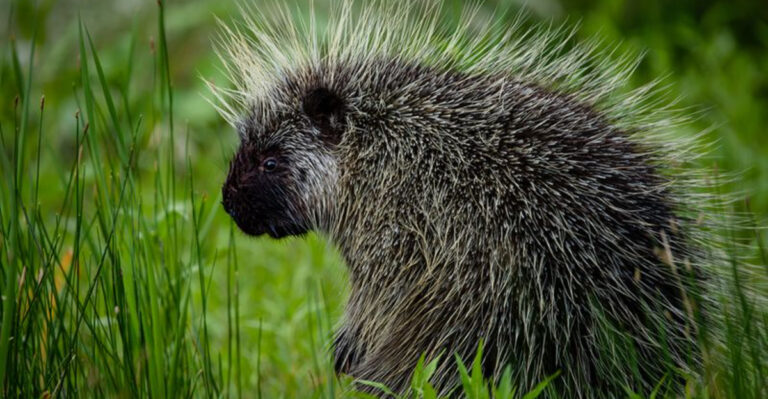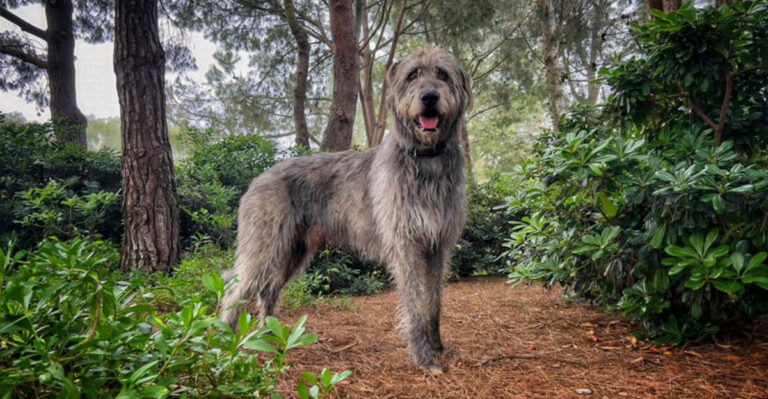Wolves In Alaska Are Being Poisoned By Mercury, And Scientists Are Alarmed
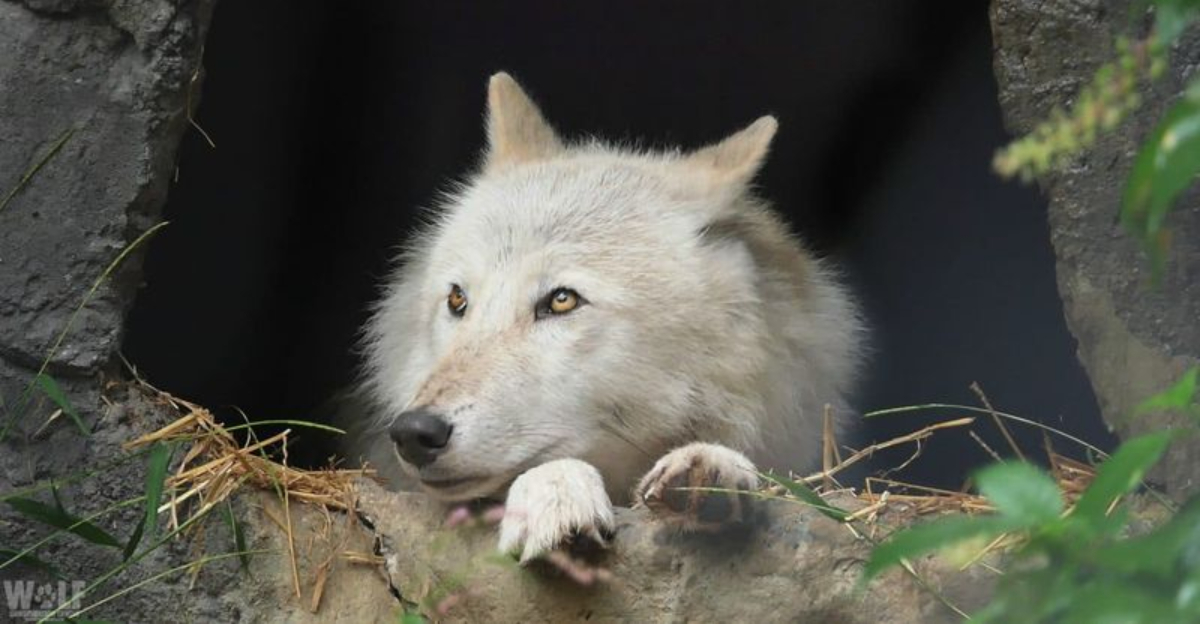
Scientists have made a troubling discovery in Alaska’s wolf population. Mercury, a dangerous heavy metal, is poisoning wolves at alarming rates, especially those living near coastal areas.
The situation reveals how pollution can impact even remote wilderness areas, creating a ripple effect through the food chain that threatens these iconic predators.
1. A Shocking Discovery In A Wolf’s Liver
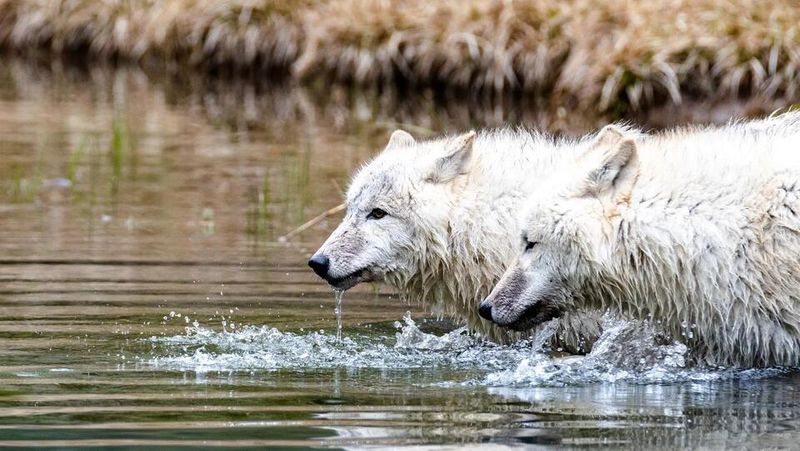
Laboratory tests left researchers speechless when they found mercury levels so extreme in one wolf’s liver that they initially suspected equipment failure. The emaciated wolf had mercury concentrations far beyond what’s considered lethal.
This groundbreaking finding opened scientists’ eyes to a previously unknown threat facing Alaska’s wolf populations, particularly those with access to marine food sources.
2. Mercury Levels Have Been Rising For Decades
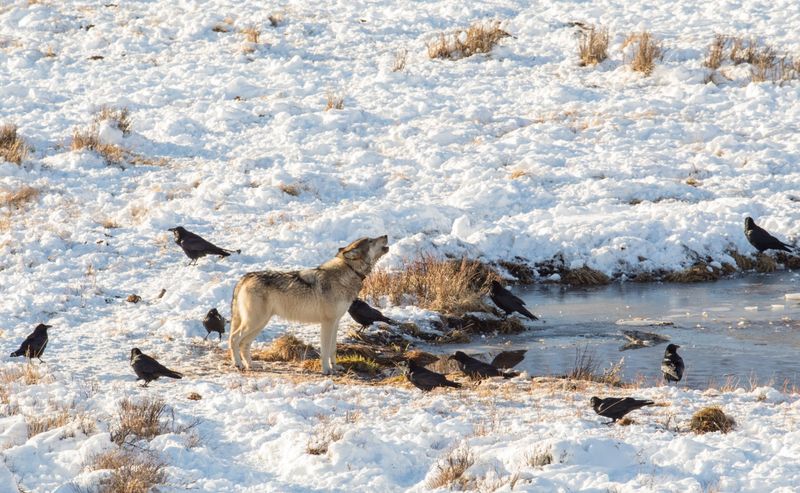
Comparing historical samples with current data tells a frightening story. Wolf mercury contamination has steadily climbed since 2000, with coastal packs showing the steepest increases.
Researchers have meticulously tracked this upward trend through careful analysis of fur, tissue, and bone samples collected over twenty years. The pattern matches global increases in environmental mercury contamination.
3. Wolves Are Absorbing Mercury Through Their Diet
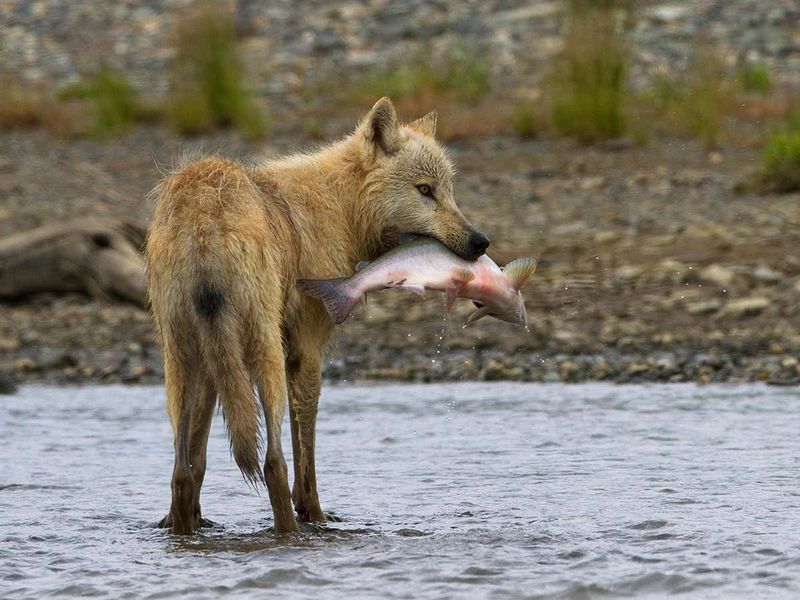
Food chain dynamics explain how wolves become contaminated. On Pleasant Island and Gustavus Forelands, wolf packs have shifted to hunting sea otters after depleting local deer populations.
These otters consume shellfish that filter mercury-laden water, creating a deadly concentration effect. With each step up the food chain, mercury levels multiply, making top predators like wolves especially vulnerable.
4. Sea Otters Are A New Prey Source For Wolves
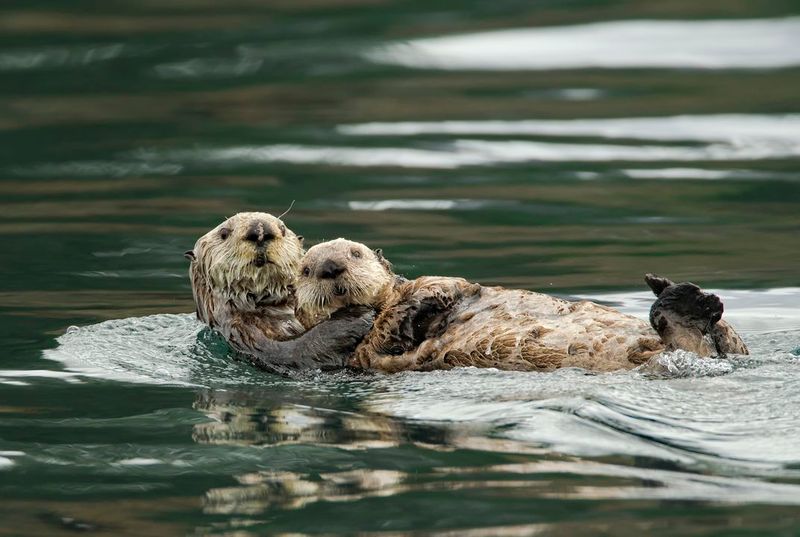
Necessity drove an unusual adaptation in hunting behavior. After wolves eliminated deer on Pleasant Island, they faced starvation until discovering sea otters as an alternative food source.
Researchers documented this remarkable behavioral shift through camera traps and tracking studies. Wolves now patrol beaches at low tide, ambushing otters resting on exposed rocks or swimming near shore – a previously unrecorded predator-prey relationship.
5. Shellfish Are The Mercury Carriers
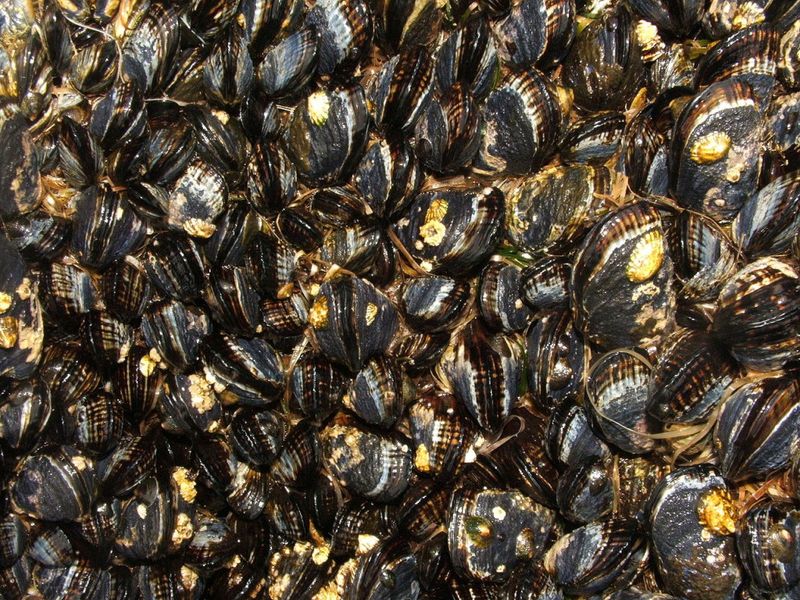
Mussels and clams serve as unwitting mercury collectors in this environmental crisis. Their filter-feeding lifestyle pulls microscopic mercury particles from surrounding waters, accumulating the toxin in their tissues.
Sea otters consume large quantities of these shellfish daily. A single otter might eat 25% of its body weight in contaminated shellfish, making them walking mercury repositories before becoming wolf prey.
6. Mercury In The Air Is At Alarming Levels
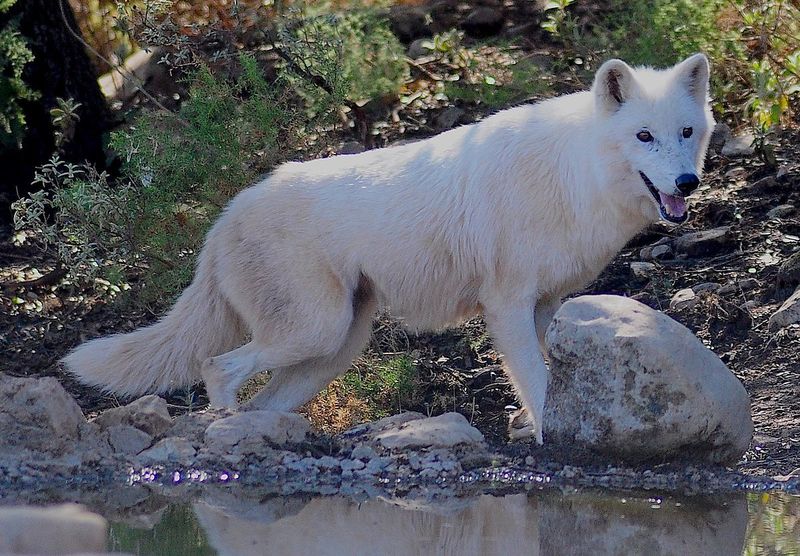
Human activity has dramatically altered atmospheric mercury concentrations worldwide. Modern measurements show levels 450% higher than pre-industrial baselines, primarily from coal-burning power plants and other fossil fuel consumption.
Wind currents carry this airborne mercury thousands of miles from its source. Even pristine Alaskan wilderness, far from industrial centers, receives this invisible toxic rain.
7. It Becomes More Toxic In Water
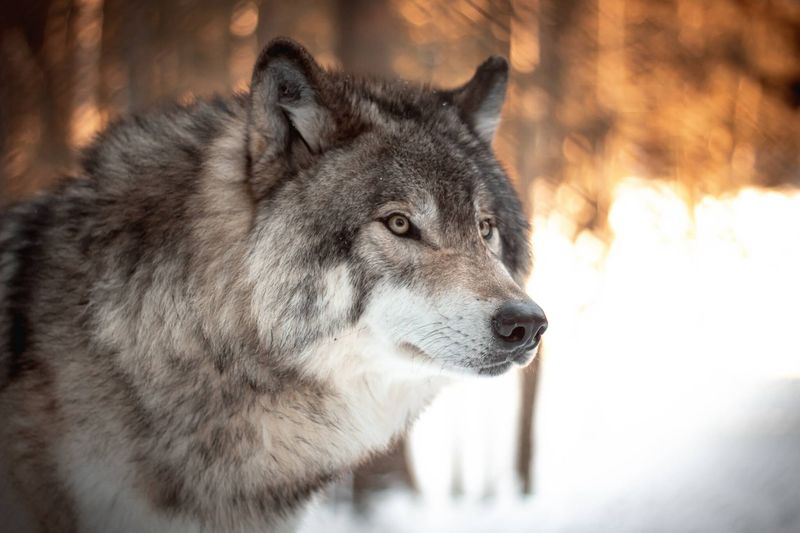
Mercury undergoes a dangerous transformation when it reaches aquatic environments. Bacteria convert inorganic mercury into methylmercury, a far more dangerous form that readily accumulates in living tissue.
Unlike many toxins, methylmercury isn’t easily eliminated from the body. It binds to proteins in muscle and organs, causing progressive damage to nervous systems and vital functions as concentrations increase over time.
8. Wolves Show Similar Mercury Levels As Polar Bears
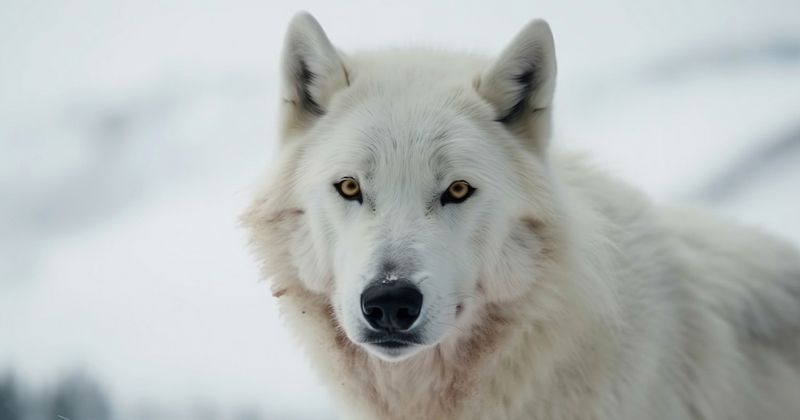
Comparing contamination across species revealed a startling parallel. Alaska’s coastal wolves now carry mercury burdens comparable to polar bears – animals traditionally considered the most mercury-exposed Arctic predators.
Both species occupy the top position in their respective food chains. This equivalence signals a fundamental shift in ecosystem contamination patterns, as terrestrial predators now face pollution levels once limited to marine mammals.
9. Mercury Is A Global Problem With Local Effects
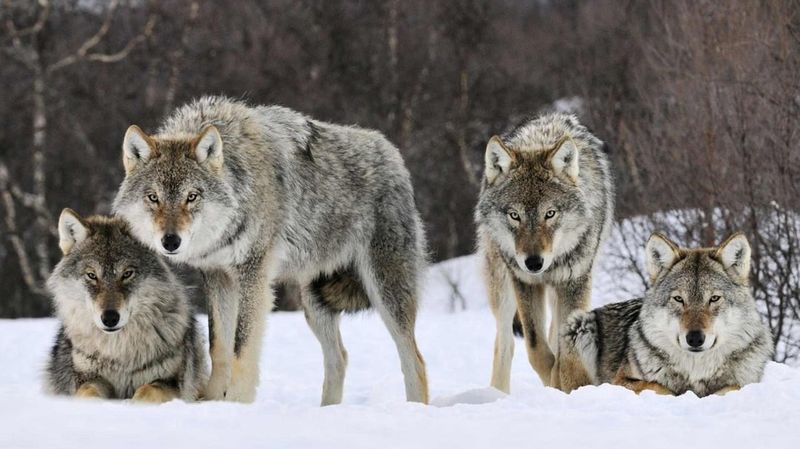
Remote wilderness once seemed immune to industrial pollution. Alaska’s mercury crisis shatters that illusion, demonstrating how airborne toxins recognize no boundaries. Mercury released in Asia crosses the Pacific within days.
Coal plants in North America send pollution northward on prevailing winds. The result? Even Alaska’s most isolated ecosystems bear the chemical signature of human activity thousands of miles away.
10. This Discovery Highlights Ecosystem Interconnectedness
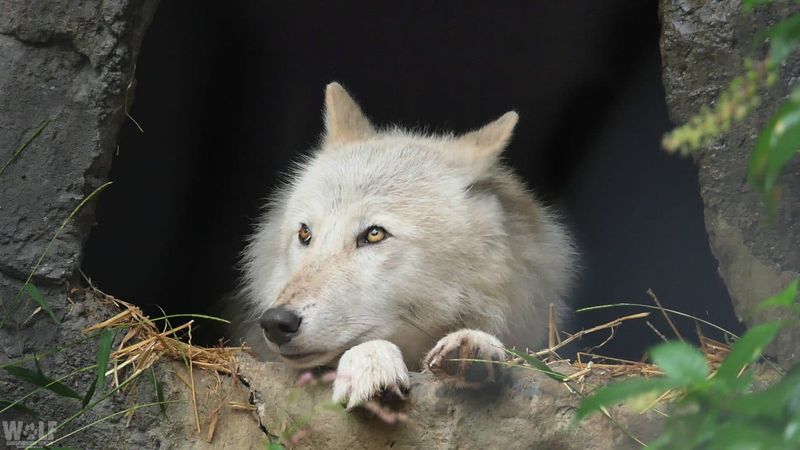
From smokestacks to wolf packs, mercury’s journey reveals nature’s intricate connections. The pollution path crosses boundaries between air, water, plants, and animals – demonstrating how no species exists in isolation.
Scientists call this phenomenon bioaccumulation. Each link in the food web concentrates toxins from below, creating a magnifying effect that culminates in apex predators like wolves, whose bodies tell the full story of ecosystem health.
11. Climate Change And Pollution Go Hand-In-Hand
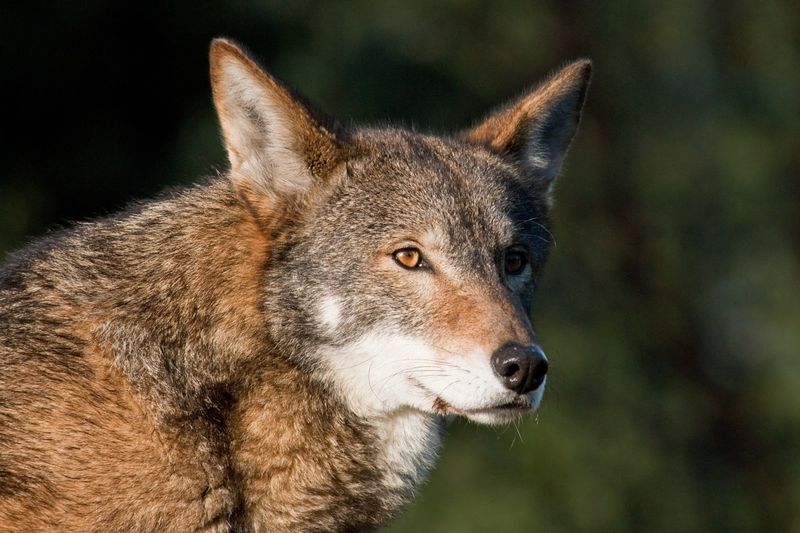
Environmental threats rarely operate in isolation. Alaska’s wolves face mercury poisoning while simultaneously adapting to habitat changes driven by warming temperatures and shifting prey populations.
Melting permafrost releases additional stored mercury into watersheds. Changing ocean chemistry affects shellfish mercury uptake. These compounding factors create a perfect storm of environmental stressors that test even the most adaptable species’ survival capacity.
12. Clean Energy Is A Crucial Part Of The Solution
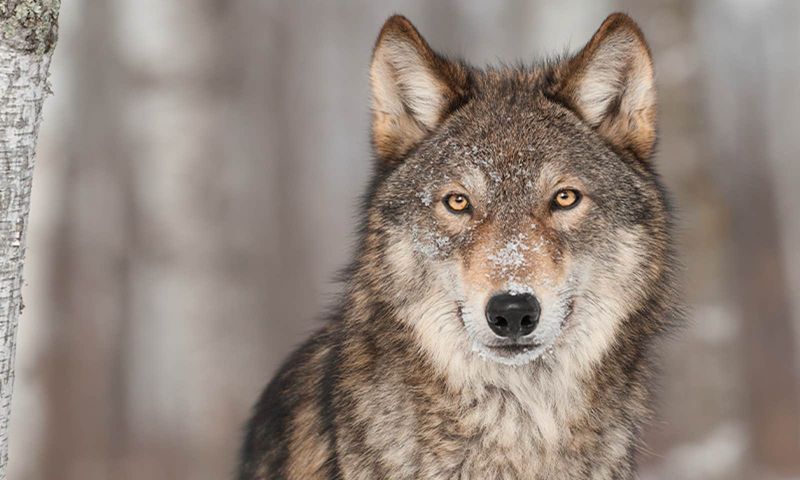
Saving Alaska’s wolves requires addressing the root cause of mercury pollution. Transitioning from coal and other high-mercury fossil fuels to renewable energy sources would dramatically reduce new mercury emissions.
International agreements like the Minamata Convention aim to phase out mercury use globally. Meanwhile, protecting critical wolf habitats and prey species creates resilience, giving these magnificent predators a fighting chance against the invisible threat.

